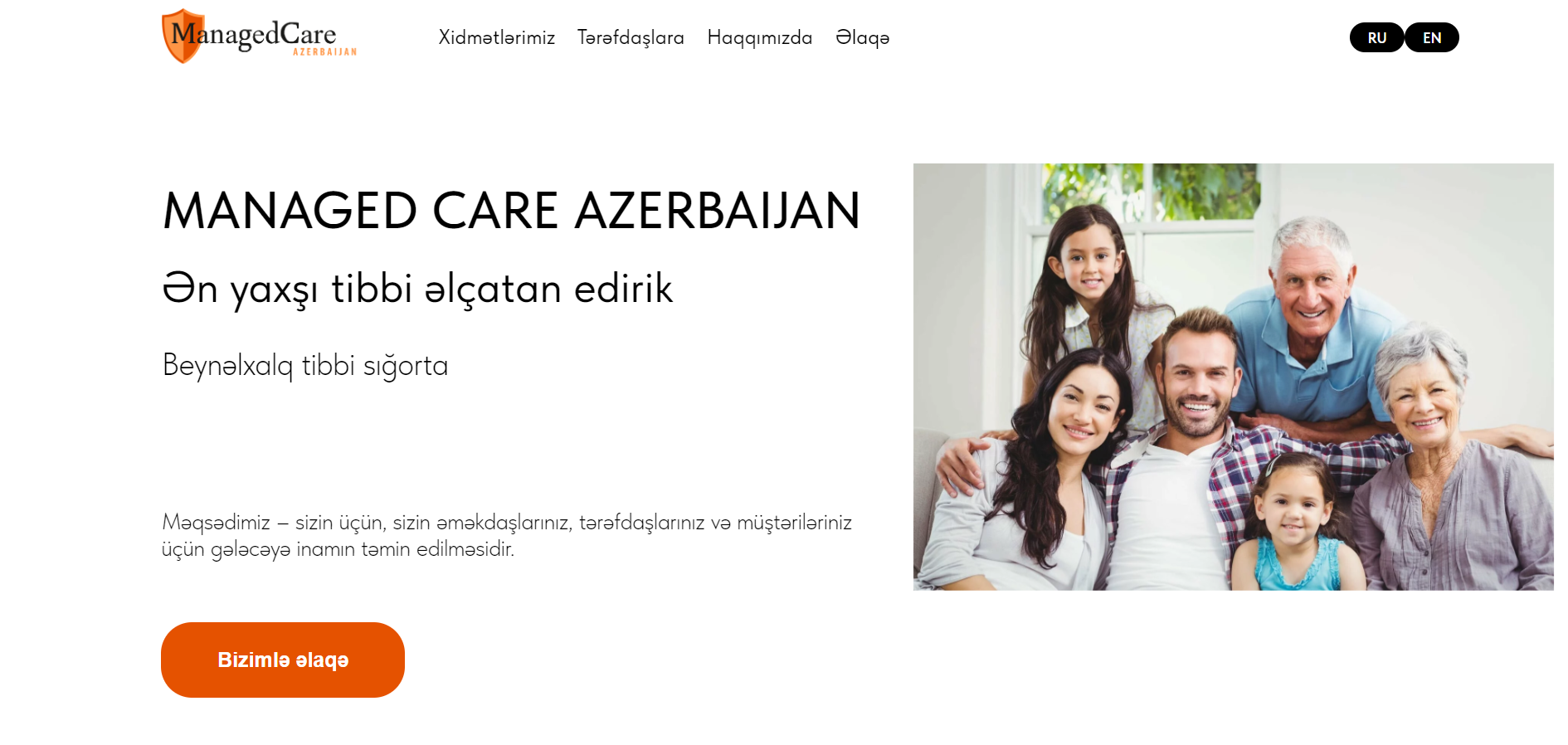Creating user-centric app designs is crucial for startups, but budget constraints can complicate the process. However, these limitations can drive innovative strategies. Start by defining the app’s target audience; understanding user needs allows for prioritizing impactful features. Utilize low-cost design tools to enhance productivity and save money.
Encourage cross-team collaboration, working closely with marketing and development to ensure cohesive design. Adopt a minimalist design philosophy to streamline the user experience and reduce complexity. Implement rapid prototyping to test concepts quickly and gather user feedback early on. Incorporate user insights throughout the design process, refining your app to meet user expectations.
Consider collaborating with design students or recent graduates for fresh perspectives at lower rates. Educate stakeholders on the value of design, articulating how quality design impacts user satisfaction. Regularly assess design processes for efficiency; identifying bottlenecks can lead to significant time savings.
Stay updated on design trends and best practices by engaging with the design community. Encourage brainstorming sessions to promote creativity within your team. Utilize analytics to inform design decisions, ensuring user behavior guides feature development. Create a design system to ensure consistency and streamline workflows.
Engage in regular user testing to validate design choices, preventing costly redesigns later. Foster a culture of experimentation within your team, celebrating both successes and failures. Seek inspiration from various fields, enriching your design perspective and sparking creativity. Evaluate design decisions against user experience goals to ensure every element adds value. Promote open communication within your team to enhance collaboration and innovation.
Leverage social media for inspiration and feedback from other designers. Consider scalability in your design, ensuring adaptability for future growth. Celebrate achievements and milestones throughout the design process to boost team morale. Finally, maintain flexibility in your approach, allowing for adjustments based on new information or user feedback.



